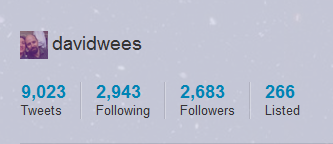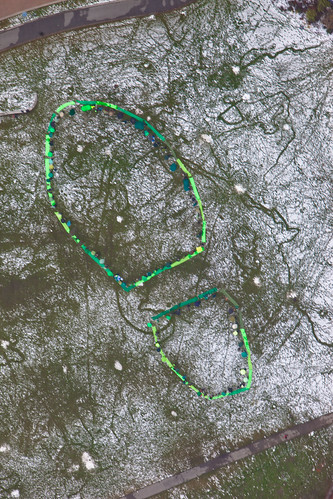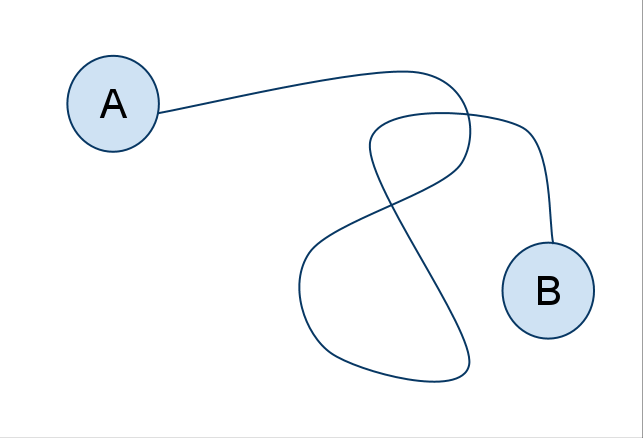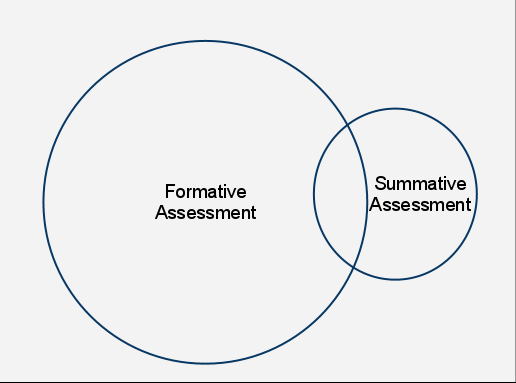I get asked a fair bit, are interactive whiteboards (IWB) a worthwhile investment for schools? The answer I have to say, is no. To follow my reasoning, first ask the question for whom are they interactive?
They seem like they are interactive for teachers. They give the teacher the opportunity to interact with material and to demonstrate materials for students in a more engaging way than the traditional white board. This is provided that the teacher has the time to develop the materials in advance for the students, or the time to find said resources that have been shared by other teachers. It is also provided that the teachers have been given some training on how to use the IWB as very few teachers will experiment and figure out the full potential use on their own.
This is a false interaction though since given that the teacher has invested the time and training into developing the materials themselves, they are not interacting, they are intraactive instead. The teacher is reacting to their own creation, rather than something new created by someone else which we could really call interactive.
If we allow students to use the IWB a real problem is suddenly you’ve turned a parallel activity (as in an activity in which all of the students are doing something) into a series activity (each student takes a turn doing something). Changing parallel activities into series activities is inherently inefficient and in the classroom, inefficiencies lead to kids who are not engaged, who do not have something to do. The activity will be interactive, but only for the small number of students who are actually engaged in using the IWB.
So don’t spend your money on IWB for your school. Spend it on individual devices for the student, or a class set of video cameras, or some other device which is really interactive. Spend it on staff training in the use of technology for all of your teachers. Spend it on anything which will introduce real interactivity into your classrooms.
Update: There are students who have a variety of different issues with fine motor skills and one large advantage of interactive whiteboards for these students is that they can actually manipulate mathematical objects and even type whereas pencil and paper or laptops may not be useful for them. When the technology is being used for the purpose it is designed (as an interactive surface) then I think my objections above do not apply.




 Today I participated in an event which was held simultaneously held in 16 other cities around the world organized by
Today I participated in an event which was held simultaneously held in 16 other cities around the world organized by 
